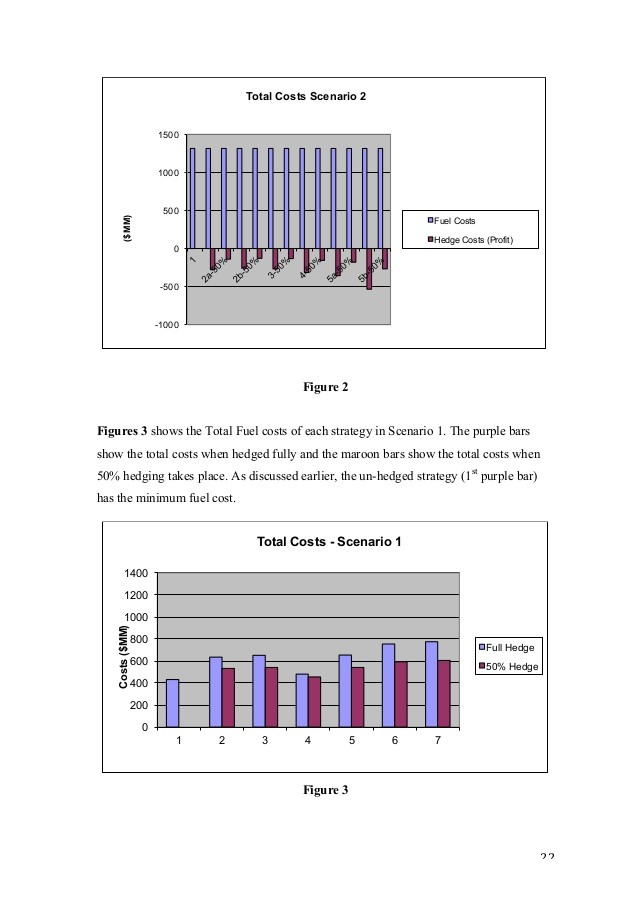A Primer on Hedging Natural Gas Costs_1
Post on: 5 Апрель, 2015 No Comment

A Primer on Hedging Natural Gas Costs — Continued
This is a continuation of A Primer on Hedging Natural Gas Costs. As discussed in the previous post, fixed forwards, swaps, options and futures are among the various instruments that large natural gas consumers can use to hedge natural gas costs.
A fixed forward (also known as a forward contract or fixed price physical contract) is an agreement between two parties to buy or sell physical natural gas at a certain future time, at a specific price, which is agreed upon at the time the deal is executed. A natural gas consumer that buys a fixed forward is simply agreeing to purchase a specific quantity of natural gas, from their supplier, for a specific fixed price, to be delivered on a specific date or over a specific period of time i.e. one year. Since fixed forwards are traded over-the-counter (OTC), they can be customized to meet the needs of the natural gas consumer. A fixed forward contract may contain terms and conditions which may require the buyer and/or seller to pledge collateral, such as a letter of credit, for credit related purposes.
A natural gas futures contract is a firm commitments to make or accept delivery of a specific quantity and quality of a natural gas during a specific month in the future at a price agreed upon at the time the commitment is made. Natural gas consumers often buy natural gas futures to fix or lock-in their futures natural gas costs. Regarding delivery of natural gas futures, only a small percentage of natural gas futures, as well as most commodity futures, result in delivery as most parties will close out their position prior to expiration, solely to avoid making or taking delivery. In the United States, natural gas futures are traded on the New York Mercantile Exchange (NYMEX). Buying and selling natural gas futures require both buyers and sellers to post margin, as well as maintence margin, with their FCM/brokerage firm. Additional details on NYMEX natural gas futures, including contract specifications and margins can be found on the NYMEX/CME website .
A natural gas swap is an OTC contract in which two parties agree to exchange periodic payments for natural gas. In the most common type of natural gas swap, one party, such as a large natural gas consumer, agrees to pay a fixed price for natural gas on specific dates to a counter-party who, in turn, agrees to pay a floating price for natural gas that references a published price, such as the NYMEX natural gas futures. Natural gas swaps are generally financial transactions that do not involve the purchase or sale of physical natural gas. Natural gas swaps can be traded bilaterally (direct between two counter-parties), via an OTC broker or on an electronic platform such as ICE. In addition to fixed price swaps, there are several other types of swaps such as basis swaps and calendar swaps, which are utilized to hedge basis risk and calendar spread risk, respectively, which will discuss in a future post(s). Natural gas swaps are often based on a NAESB or ISDA contract which contain, among other things, the terms and conditions of the swap, including credit requirements of each party to the swap contract. In recent years, many market participants are utilizing the NYMEX/CME Clearport and ICE clearing platforms, which allows both buyers and sellers to transfer their respective credit risks to the NYMEX/CME and/or ICE .
Natural gas options are contracts that gives the holder the right, but not the obligation, to buy or sell a specified amount of natural gas (or a natural gas swap or futures contract) at a specified price within a specified time in exchange for an upfront premium, similar to the premium on an insurance policy. Breaking down the options even further, there are call options nd put options. A natural gas call option is a contract that gives the holder the right, but not he obligation, to buy natural gas at a set price (the strike price) on a given date. A natural gas put option is a contract that gives the holder the light, but not the obligation, to sell natural gas at a set price (the strike price) on a given date. Natural gas options can be options on both futures and swaps. Large natural gas consumers will often purchase natural gas call options to hedge their exposure against rising natural gas prices. Likewise, natural gas consumers can also utilize natural gas put options, often in combination with swaps or futures, to hedge their exposure against declining natural gas prices. As is the case with swaps, many OTC natural gas options can also be cleared via Clearport.
In summary, large natural gas consumers have a variety of options, no pun intended, to hedge their natural gas costs. The best hedging tools and strategies for your company will depend on numerous, company specific variables such as your goals and objectives, location, risk tolerance, anticipated volumes, financial/credit conditions, etc. If you would like to discuss which tools and strategies would be best for your company, please contact us .














